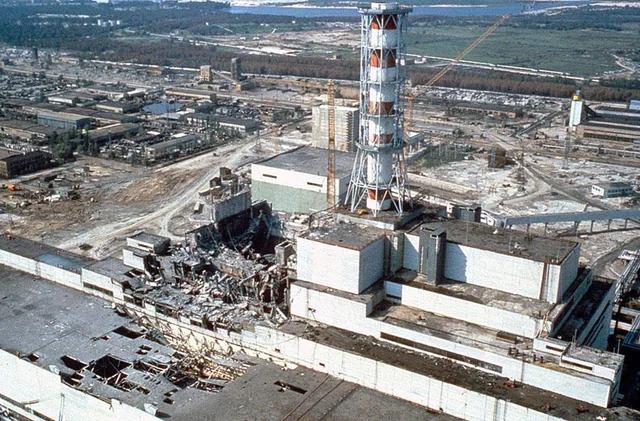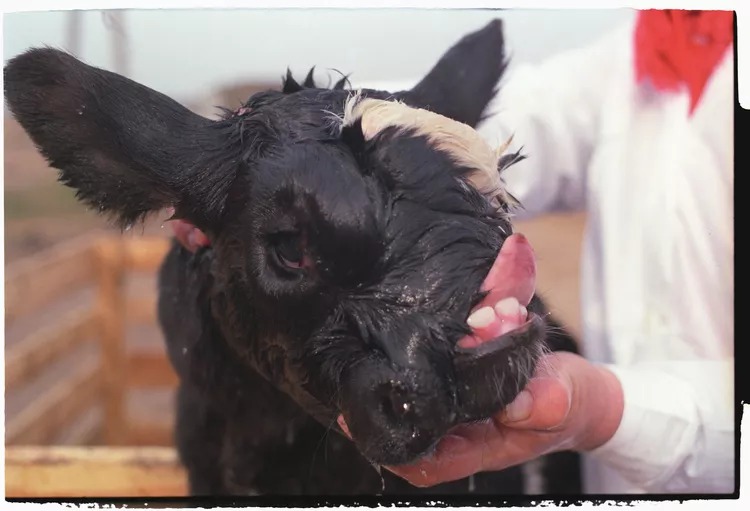Chernobyl Tank Assault: The Untold Story of WWII Tanks in Nuclear Disaster Cleanup
Introduction
The Chernobyl nuclear disaster of 1986 remains one of the most catastrophic technological failures in human history. The event resulted in massive radioactive contamination, long-term health effects, and the establishment of an exclusion zone that persists to this day. However, few are aware of an unusual and dramatic response by Soviet authorities—the proposed use of World War II-era tanks to help contain the disaster. This article explores the history, strategies, and consequences of the Soviet tank deployment at Chernobyl.
The Chernobyl Disaster: A Brief Overview
On April 26, 1986, Reactor No. 4 at the Chernobyl Nuclear Power Plant suffered a catastrophic meltdown during a safety test. A flawed reactor design, coupled with operator errors, caused an uncontrolled nuclear reaction. The explosion and subsequent fire released vast amounts of radioactive particles into the atmosphere, spreading contamination across the Soviet Union and Europe.
To mitigate the damage, Soviet authorities launched a large-scale cleanup operation, which included evacuating residents and attempting to limit the spread of radiation. However, the extreme levels of radiation made traditional response measures nearly impossible, leading to the consideration of unconventional solutions.
The Soviet Plan to Use WWII Tanks
Among the many plans devised to contain the disaster, one of the most unusual involved the use of ISU-152 heavy assault guns—Soviet tanks from World War II designed to destroy enemy fortifications. The Soviet government transported between 7 and 11 ISU-152 tanks over 390 miles to the Chernobyl site.
These tanks were initially intended to blast holes in the reactor’s outer walls to allow liquid nitrogen pipes to be inserted. The idea was that cooling the core with liquid nitrogen would prevent molten uranium from burning through the reactor’s floor and contaminating the groundwater supply. However, test firings revealed that the ISU-152’s shells were too powerful, causing structural collapses rather than controlled openings. As a result, this plan was abandoned in favor of other containment strategies, such as tunneling beneath the reactor.
The Role of Tanks in the Cleanup Operation
Although the ISU-152s were not used to breach the reactor, they were repurposed for other critical tasks in the cleanup effort. Their thick armor provided partial radiation shielding, making them useful for demolishing contaminated buildings and pushing debris into burial pits. This method reduced the risk of radiation spreading through airborne particles if the wood or structures caught fire.
These tanks, along with bulldozers, worked to clear structures around the power plant, including the city of Pripyat. Some of the most highly contaminated vehicles, such as fire trucks that had responded to the initial explosion, were also buried to prevent further exposure.
The Fate of the ISU-152s
By the end of the operation, the tanks themselves had become highly radioactive and were deemed too dangerous to remove. They were abandoned at the Chernobyl site, where several remain today. Some of these vehicles have since been partially stripped by looters, despite the extreme radiation levels they still emit.
The most famous of these tanks, ISU-152 number 100, sits beside a concrete wall northeast of the power plant, serving as a stark reminder of the drastic measures taken to contain the disaster.
The Modern-Day Chernobyl Concerns
The 2022 Russian invasion of Ukraine brought renewed attention to Chernobyl, as Russian forces occupied the exclusion zone during their advance. Military activity in the area stirred up radioactive dust, causing spikes in radiation levels. The occupation also disrupted power supplies to the plant, posing serious concerns about the stability of the stored nuclear waste.
While the world has moved on from the immediate dangers of the Chernobyl disaster, the site remains a lingering threat. The continued presence of abandoned tanks, buried debris, and lingering radioactive contamination is a testament to the scale of the disaster and the extreme measures taken to control it.
Conclusion
The use of WWII-era tanks at Chernobyl is a little-known but fascinating aspect of the disaster’s response. While the plan to use ISU-152s to breach the reactor ultimately failed, these vehicles played a vital role in demolition and containment efforts. Today, their radioactive remains stand as eerie monuments to one of the worst nuclear disasters in history, highlighting the challenges of dealing with large-scale radiation contamination.


